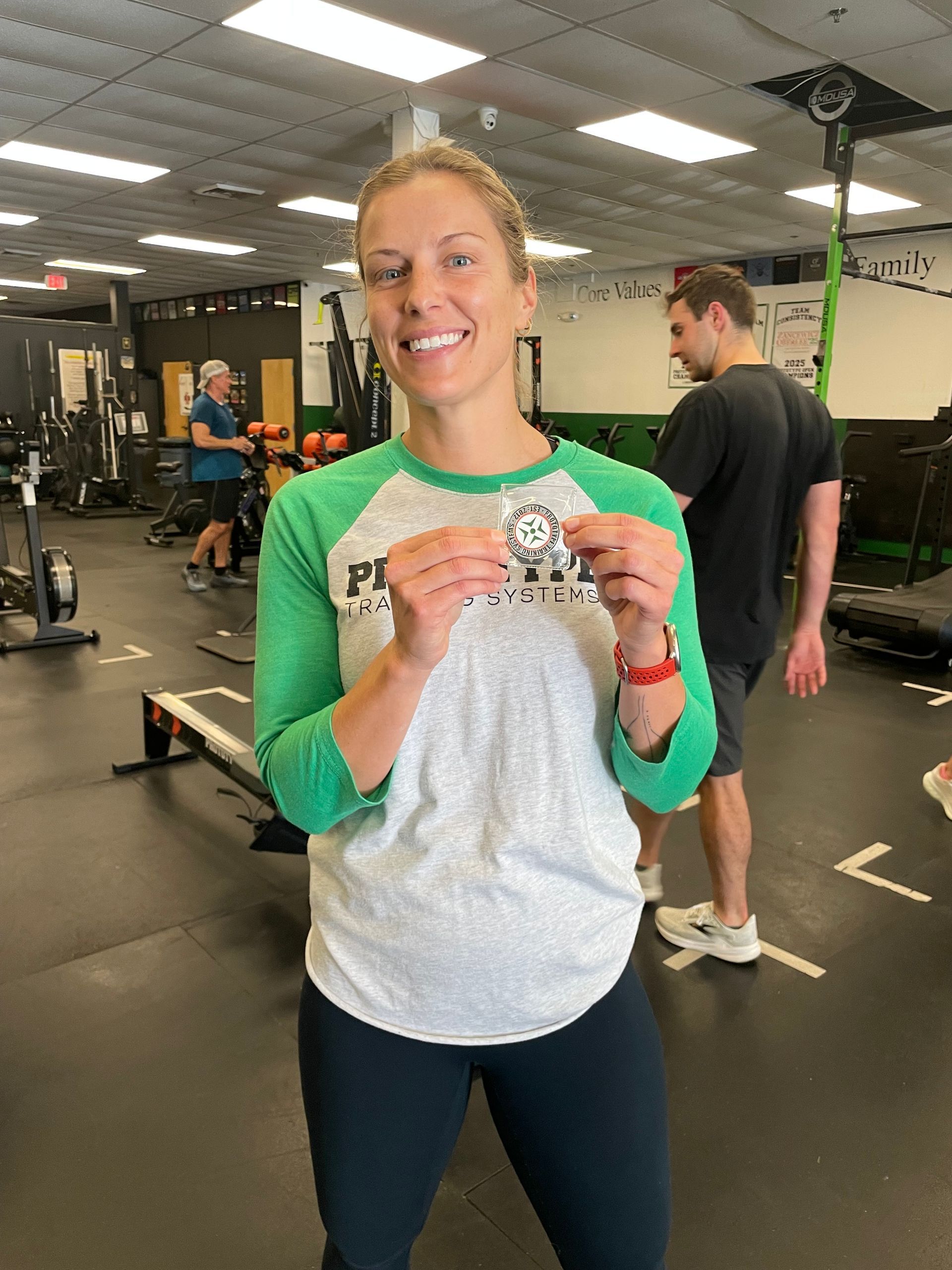The 3 Best Mobility Exercises for Golf
If you know me, then you know that I am a minimum effective dose (MED) guy. In the context of this post and mobility exercises for golf, you don’t need to spend hours and hours a day stretching and mobility drills to improve your mobility.
As a matter of fact, daily and consistent attention to mobility will be more effective than stretching for an hour just before you play.
Below I outline 3 of the best mobility drills that I use and prescribe to my clients to help them improve their golf game. To keep this simple, do these drills daily. For it to be even more effective, do it daily + do it before you get on the golf course or swing a club! Check them out!
Neck Mobility Routine:
If you have taken my virtual mobility class, this is a staple in our session. The ability to properly move at your cervical spine (your neck) has greater importance than just your golf game. But, since we are talking golf, this needs to be in your routine ESPECIALLY if you workout a lot and go overhead often (as you may do in our group classes at Prototype).
When you rotate up to swing a golf club, a lot of stuff is going on and I’m not going to get into all those intricate details. The big thing here is when you rotate in your backswing, your head should stay fixed on the ball. If your head moves too much because you don’t have the a.) neck mobility or b.) the thoracic spine mobility to do so, chances are your shots will be inconsistent. That is why I put such an emphasis on neck flexibility.

See all that head movement on this guy?
Are there more exercises your can do for your neck? Of course, but we are talking about the big bang stuff you can do right now to help.
- Perform 8-10 reps in each direction with a 1-2 second hold.
- Inhale as you move into the stretch, exhale out FULLY when you get to your end range of motion.
- Do this before you swing a club, even before you hit the range!
Kneeling T-Spine Rotation:
My good friend, fellow Prototype member and owner of Q4 Physical Therapy , Martha Theirl showed me this drill a while back and since then I added this into my own routine almost daily! This drill is as much of an assessment tool as it is an exercise you can do to help improve your thoracic spine rotation. As it relates to golf and any rotational sport for that matter, if we don’t have the proper mobility at our T-spine, our body will adapt and potentially start to pull mobility from other places such as your lumbar spine (not good). So, a stiff upper back and lead to lower back pain especially if you’re swinging a golf club on a regular basis at high velocities!
- Perform 8-10 rotations on each side.
- Exhale out at the top of the range of motion.
- Make sure you maintain good position and don’t force anything that doesn’t feel good.
- Do this before you swing a club, even before you hit the range!
*Here is the thing though, in order to improve your T-spine mobility, you need to do it regularly and be mindful of your daily postural positions. If you sit in a chair with rounded back all day, hunched over, chances are your body will adapt to that position, so get up and move!
Seated Hip Internal and External Rotations
You may be thinking, “Mike, how is this going to help my golf game?”… well, it will AND I know because it’s science.
Yes, when you swing a golf club there are a lot of things going on ESPECIALLY at your hips! In order to produce the desired power in a full golf swing, you need to have sufficient hip external AND internal rotation. Stiff hips will force you to be more upper body dominant in your swing, thus inhibiting you to swing at your full potential.

See all the rotation going on at the hips?!
- Perform 15-20 rotations on each side with a slight pause in between each.
- Breath through each rep and try to smoothly move through the sticking points.
- Eventually, try to take your hands off the ground when doing this.
- Do this before you swing a club, even before you hit the range!
I’m not going to sit here and tell you this will make you a better golfer BUT what I will tell you is that if you unlock your body and can move better, there is a good chance that it will positively impact your golf game and mitigate the risk of injury.
Now go hit ’em long and straight!
The post The 3 Best Mobility Exercises for Golf appeared first on Prototype Training Systems.
Previous Blogs

Climb to New Heights
Prototype Training Systems is more than a gym - it is a lifestyle. Join us today!



